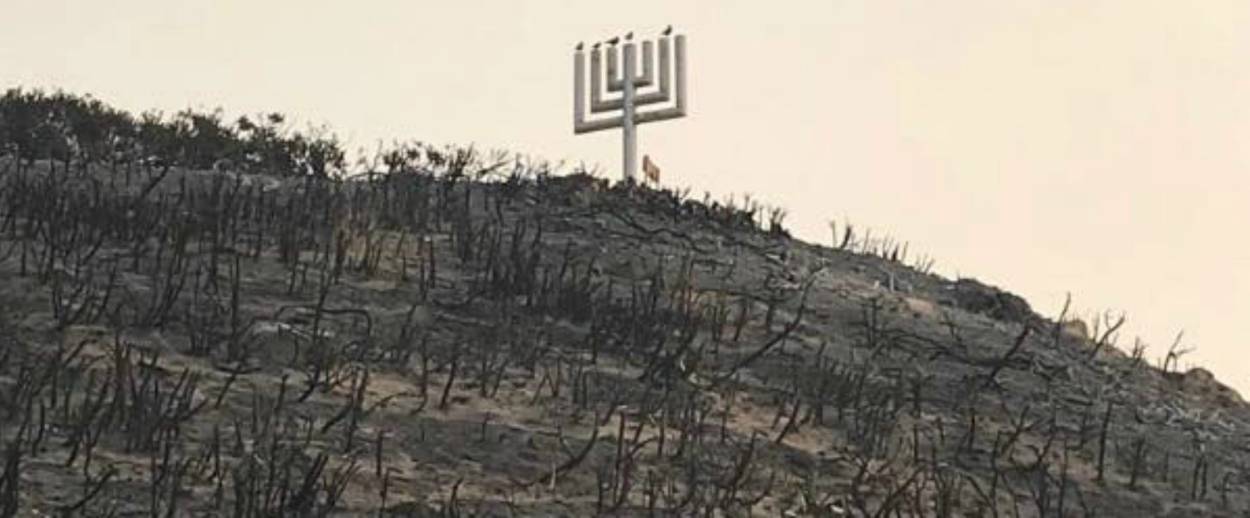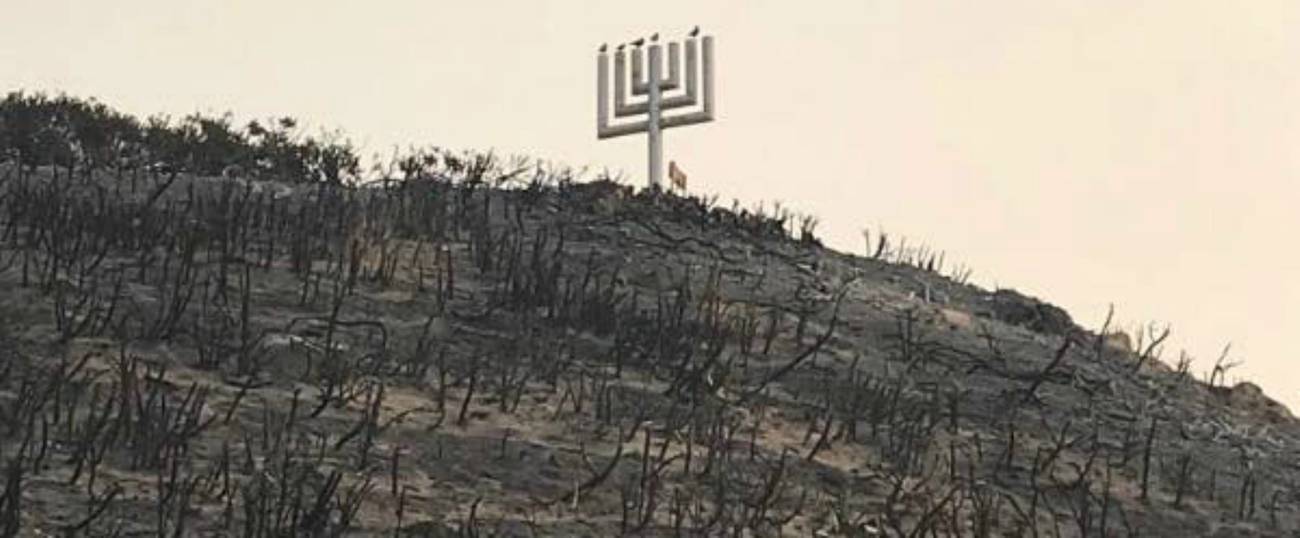There Are Places I Remember
Invaluable Jewish institutions like Camp Hess Kramer and Gindling Hilltop Camp have been ravaged by the California wildfires




There’s a song by John Lennon and Paul McCartney, “In My Life,” that I’ve always associated with human relationships, but after this weekend, I’ll link it to physical places—historic Jewish institutions like Camp Hess Kramer and Gindling Hilltop Camp, ravaged by the wildfires in California.
The email from Wilshire Boulevard Temple, the oldest congregation in Los Angeles, confirmed our worst fears:
“Although the full extent of the damage to Camp Hess Kramer and Gindling Hilltop Camp won’t be determined for some time, we know that it is severe. Among the buildings and areas lost to the fire at Hess Kramer are Baruch Hall, Gildred Hall, the climbing wall, Leadership Library, the dance platform, and the ark, along with several staff residences and all but two of the cabins. At Hilltop, all structures were lost with the exception of two cinder block staff housing units.”
According to Jake Glucksman, camp committee chair for Wilshire Boulevard Temple Camps, “While the camps have been impacted by past fires, this is the first natural fire that has caused such extensive damage and with such destructive force. Wilshire Boulevard Temple Camps were the first Jewish summer camps established west of the Mississippi. In more than 65 years of existence, we have never missed a summer camp session. [D]espite the obvious setbacks, we WILL have camp this summer.”
A third Jewish camp, JCA Shalom Camp also sustained major damage, but the extent is yet unknown because the main connecting road and bridge to enter that camp has been destroyed. Other Jewish institutions in the fire’s wake include Ilan Ramon Day School and Adat Elohim.
Wilshire Boulevard Temple opened Camp Hess Kramer in 1952 in Malibu’s beautiful canyons and hills. It was driven by the singular vision of Rabbi Alfred Wolf to engage Jewish American youth, which became the standard for the American Jewish Camp movement. Hess Kramer’s sister camp, Gindling Hilltop, opened in 1968 out of the demand to enroll more campers. Together, the two camps, one across the street from the Pacific Ocean, one literally atop a mountain, became the epicenter of Reform Jewish identity and community for generations of young Jews. Many went through the ranks from camper to counselor to staff, and some even became parents of current campers. For those of us who were there in the early years, many of us first-generation American Jews, it would be difficult to overstate the impact that Rabbi Wolf’s vision for the camps had in shaping our lives.
Rabbi Alfred Wolf’s son, Dan Wolf, former vice president of corporate communications at the Walt Disney Co. and owner of Lone Wolf Writing Co., had this to say about how his father might feel about this tragedy: “I can say with absolute conviction that my father would be sad about the fire damage and would immediately be looking ahead on rebuilding the camp to be even better than before.”
For generations, Camp Hess Kramer and Gindling Hilltop served as our “safe places.” While there, we were free to be proud, loud, and vocal young Jews without fear of judgment or hatred. We needed these places then and still need them now more than ever in our fractured nation. Camp Hess Kramer and Gindling Hilltop were places that satisfied a deficit of belonging.
And while sense of belonging has to do with friendships and the experiences we shared, it was also very much connected to the physical. The smell of the eucalyptus trees; the footsteps we ran and hiked and danced into that earth; Rabbi Wolf’s Inspiration Point, the enormous menorah on top of a hill that somehow has miraculously survived. Personally, camp was about shaping my individual relationship as a young person with God and Judaism in a beautiful, calm natural space that nurtured my young spirit. As a young person growing up in a small town in the 1960s and 1970s, this was no small thing.
In a Havdalah service this past Saturday night, camp Rabbi David Eshel spoke to our loss and the collective will to rebuild: “We remember God spoke to Moses through the burning bush to inspire our people to freedom. God led us through the wilderness with a pillar of fire. This flame will not destroy … rather this flame will light our way to a bright, bright future.”
Camp alumna Andrea Cohen, a former casting director and currently a preschool teacher, poignantly expressed on Facebook what so many of us bound by the Wilshire Boulevard Temple Camps feel: “The yellow buses would arrive and leave on the lower field. … I can remember looking out at the horizon, watching them through the shimmers in the warm air. I guess that’s what the memories are. Shimmery and I want to hold on to them more tightly than I am able. …”
This weekend I searched for ways to honor and sanctify the loss of a place, whether by human or natural forces, as we do for the loss of a loved one. I’ve not yet found an answer, but have come up with one for myself. Tonight, as the sun sets on our fragile planet and broken hearts, I will light a yahrzeit candle and recite the mourner’s prayer for my beloved places, our beloved shimmery places.
More information about Wilshire Boulevard Temple Camps and rebuilding efforts can be found at https://www.wbtcamps.org/recovery
Lisa Trank is a Colorado-based writer who attended Wilshire Boulevard Temple Camps for eight summers, from 1969-1977. Her work has been published in the Saturday Evening Post, Kveller, the University of Denver Journal, Tiferet, as well as a number of anthologies.